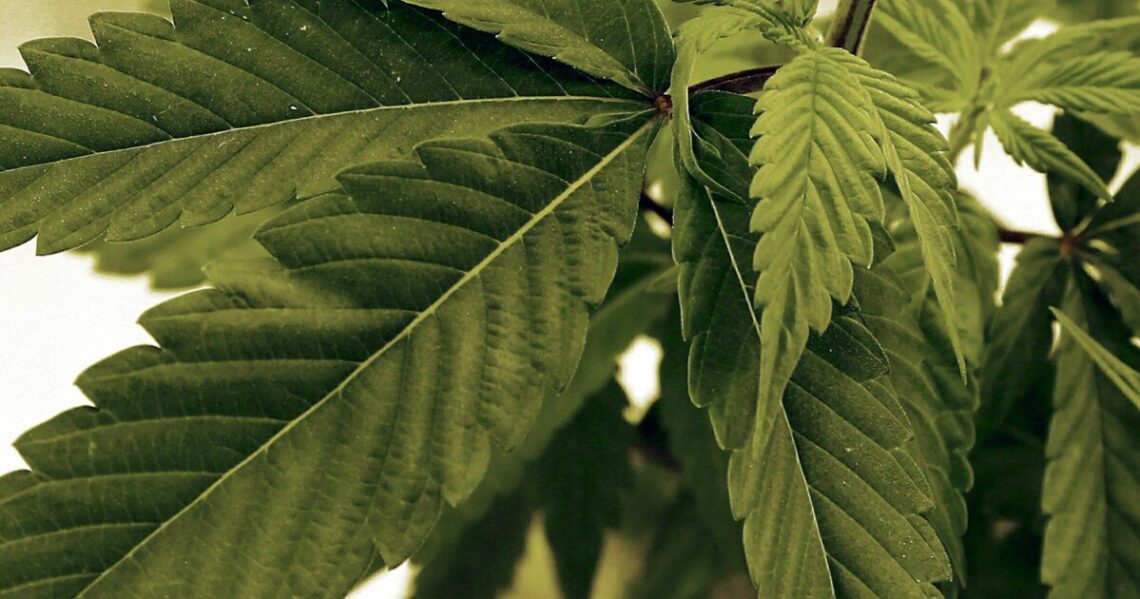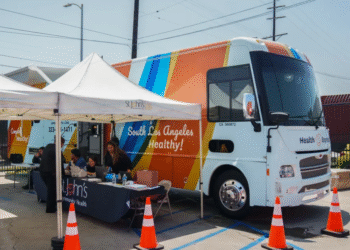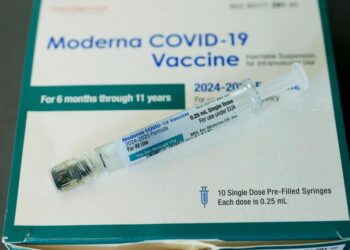More than half of all U.S. states have legalized cannabis, be it for medical purposes, recreational use, or both. The shelves of cannabis dispensaries offer an ever-widening array of gummies, drinks and joints.
Meanwhile, the federal government still considers most types of cannabis illegal.
A new report from the National Academies of Sciences, Engineering and Medicine, released this week, finds this disconnect between the states and the federal government is leading to fragmented policies, and risks to the public.
As states built new commercial markets for cannabis, they initially focused on regulating sales and revenue. “The consequence of that is the public health aspects were often given a backseat and we’re now playing catch up for that,” says Dr. Steven Teutsch, chair of the National Academies committee that wrote the report on how cannabis impacts public health.
The report calls for federal leadership and national standards on cannabis quality and potency, to safeguard public health.
Here are five takeaways:
1. Cannabis is used more often than alcohol
That’s right, people consume cannabis more regularly than alcohol in the U.S.
In 2022, more U.S. adults reported using cannabis than alcohol on a near-daily basis, according to the National Survey on Drug Use and Health. It was the first time that regular marijuana use surpassed regular alcohol use.
Regular cannabis use has skyrocketed in the past 30 years — from fewer than 1 million people reporting near-daily use in 1992, to more than 17 million in 2022.
Weed has gotten more accessible as it’s gained legal status in many states — around two-thirds of those…
Read the full article here







